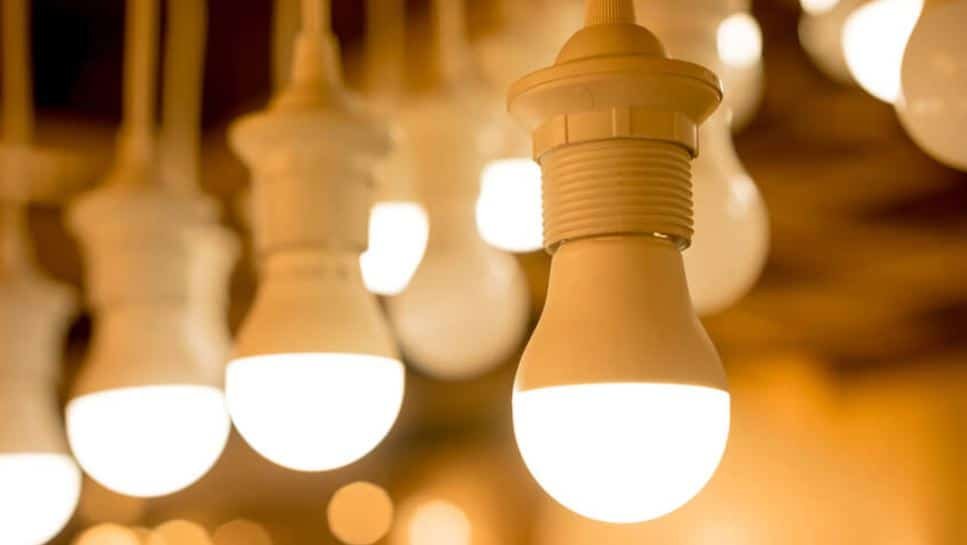Tech
7 Important Factors for Choosing LED Lighting

If you want to choose LED lighting, it’s important that you focus on its features rather than what you see in an advertisement. There are a lot of technical aspects and usability stuff you need to check before making an actual purchase.
Following are the 7 important factors you need to check before buying LED lighting:
[lwptoc]
Luminous flux saturation
One of the most important parameters determines the amount of visible light radiation emitted by a light source that passes through a specified area of space per unit of time. It is measured in lumens, which in the accompanying documents for the lamps are indicated by an abbreviation of two small letters: lm or lm.
For those who have safely forgotten the school physics course, this characteristic can be described in one simple word, brightness. With the same power, different types of lamps have different saturation of light fluxes. At home, it is impossible to independently determine the number of lumens emitted by a lamp. This requires special equipment and the services of a qualified specialist.
Electricity consumption
LED lights are very economical. With the same luminosity, a light bulb of only 14 W replaces an incandescent lamp that consumes 100 W! Consequently, consumers save on electricity bills (and if we take into account the number of lamps in the house, the difference is quite noticeable), and reduce the load on power lines. You can even get 100W LED High Bay Lights that could replace a regular 600W heavy-duty light.
Color temperature
It is measured in degrees Kelvin and is denoted by a capital K. The value depends on the wavelength emitted by the lamp, and the human eye perceives it as a certain shade: pure white, bluish, yellowish, orange. It is the color shade that determines the mood and comfort of being, working in the room.
- Soft, warm tones reduce the level of irritability, act soothingly, like a candle flame or fireplace. These include lamps with temperatures from 1400 to 3200 K.
- Neutral, close to daylight, shades, contribute to a good mood, raise tone, tune in to a working mood. These are products with temperatures from 3.5 to 4.5 thousand K.
- Cold white and bluish light with temperatures above 4000 K is very bright, improves performance, but also irritates. Therefore, it is recommended for work environments where precision and attention to detail are important. But such lamps should not be installed in bedrooms and resting corners.
The great advantage of LEDs is that they are available in a wide variety of color temperatures. Therefore, it will not be difficult to choose the right lighting from the softest, most comfortable home, to the ideal bright one.
Driver
One of the design features of LEDs is the presence of a driver that stabilizes the current passing through it. This is necessary for the correct and longer service life of the device. During the operation of the driver, part of the electricity is lost.
Therefore, it is very important to choose a driver with the maximum efficiency (efficiency), not less than 80%. In this case, energy savings will be maximized. Also, it must be equipped with protection against overheating and power surges.
Color rendering index (coefficient)
It is designated by the abbreviations Ra or CRI and determines how natural the surrounding objects and environment look in the light of this lamp. In everyday life, as a rule, it is not so important, since a slightly changed shade of wallpaper or upholstery does not affect the quality of life and comfort.
But for photo studios, medical institutions, beauty salons, and shops, accurate color reproduction is very important. The hue that has changed under the influence of light can have far-reaching consequences. Therefore, it’s better to only get from a reliable brand LEPRO. If the buyer is still interested in the accuracy of the color gamut in the room, it is necessary to choose LED luminaires with a color rendering index of 80 to 89 units, designated as 1B (very good).
Directional pattern
The direction of the luminous flux determines in which direction the light rays from the luminaire will propagate. There are products with the directional, focused, flow, and even distribution over the entire area.
- For uniform illumination of the entire area of the room, lamps with a cosine diagram are needed.
- If you need to illuminate a specific area, for example, a sidewalk, a terrace, a semi-wide curve will do.
LED luminaires are great at illuminating specific areas or providing diffused light throughout an area thanks to their design features. Therefore, when buying products, it is imperative to take into account the illumination diagram.
Number and size of LED
There is an opinion that the saturation of the luminous flux or the energy intensity of the product depends on the number of LEDs in the lamp or on their size. Experts explain: choosing a lamp by the number and size of lamps is a mistake.
You need to look only and exclusively at the technical characteristics of the product: the more lumens the device gives out, the brighter it is, and the power consumption depends on the power of the installed lamps (W).
Conclusion
An LED luminaire in the home or workplace is not only energy-saving and a beautiful, stylish appearance of the device. But also taking care of the health of the eyes, the psychological state of people.
Read more: Improving How Energy Efficient Your House is
-

 Celebrity4 weeks ago
Celebrity4 weeks agoIs YNW Melly Out Of Jail? What Is The YNW Melly Release Date, Career, Early Life, And More
-

 Sports4 weeks ago
Sports4 weeks agoMore Than Just a Game: How College Sports Can Shape Your Future
-

 Tech3 weeks ago
Tech3 weeks agoAI Software: Transforming the Future of Technology
-

 Tech3 weeks ago
Tech3 weeks agoAll About Com. Dti. Folder Launcher: Features, Benefits, Tips, And More













